In the circuit above I've been asked to calculate the average power absorbed by the 10 Ω resistor. I managed to calculate a value for \$V_0=40\sqrt2\,\angle{-25}\$.
But I'm not sure if this is peak or rms voltage. I've spoken to some people and they say that the rms value is simply \$40\sqrt2\$, which doesn't really make sense to me, and I've spoken to other people who say to follow the \$\frac{V_p}{\sqrt2}\$ formula, which makes a lot more sense to me.
I'm not really sure who to believe, so I've come here seeking help.


